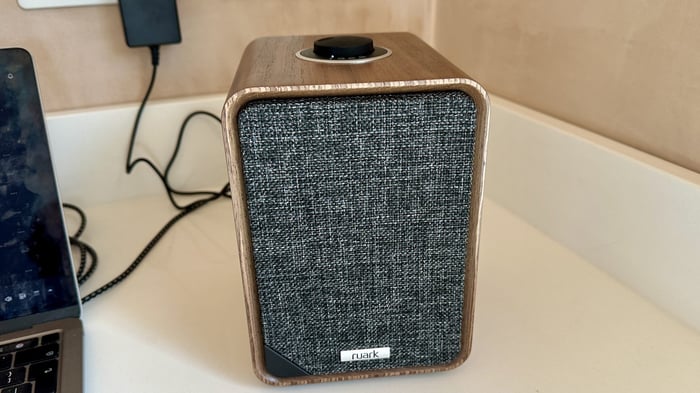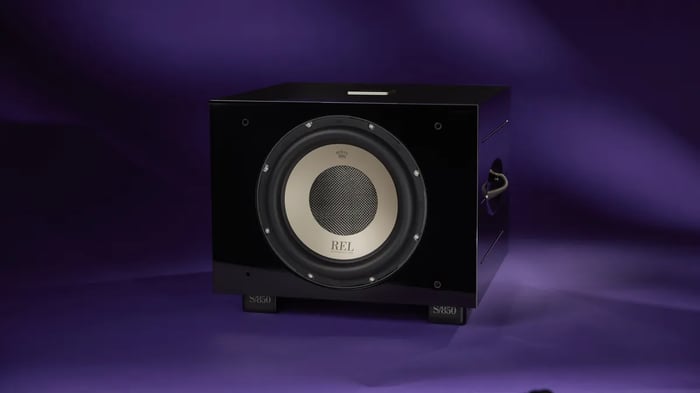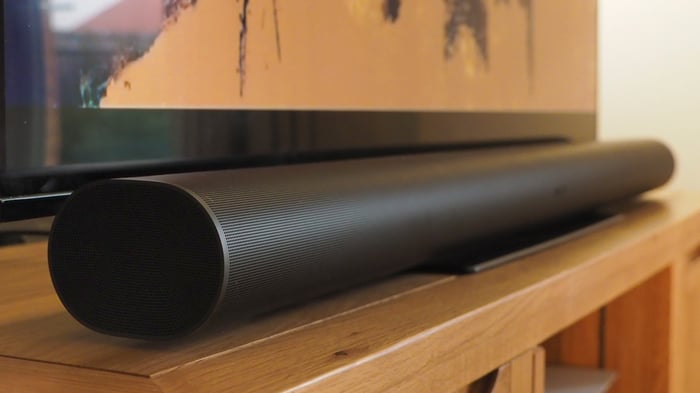
Sonos Arc Ultra Review: Exceptional Sound with Connection Limitations
Sonos Arc Ultra Review: Exceptional Sound with Connection Limitations
Experience the Sonos Arc Ultra’s remarkable sound upgrade, but be aware of its single HDMI port and connection quirks.
It’s wild to think it’s been over ten years since Sonos launched its very first soundbar. As a longtime fan, I vividly remember how the original models transformed home audio with their sleek designs and quality sound. Sonos didn’t stop there—they built a full lineup, including the Sonos Arc soundbar, Beam, and Ray, each catering to different room sizes and TV setups.
Now, stepping into the spotlight is the Sonos Arc Ultra soundbar, a true spiritual successor to the legendary Playbar and an impressive evolution beyond the recent Sonos Arc soundbar. Although it might look like the “Arc Gen 2” at first glance, the Ultra is much more than just a facelift. Sonos has completely overhauled its design and acoustic engineering to deliver more immersive audio, crystal-clear dialogue, and thumping bass that truly befits the “Ultra” name.
I spent several days living with the Sonos Arc Ultra, pitting it against some of the market’s best soundbars to see if it really earns its premium price tag. Despite a rocky start due to some finicky app behavior, my experience confirmed that Sonos crafted a genuine all-in-one soundbar that sounds nothing short of spectacular.
Sonos Arc Ultra: Price and Availability
The Sonos Arc Ultra is available now for $999. While that’s a noticeable step up from the original Sonos Arc’s starting price of $799 (which later rose to $899), it’s a fair ask considering the enhanced audio power and features packed inside.
Keep in mind: there are other multicomponent sound systems, like the Samsung HW-Q990D soundbar, which have recently dropped to similar price points—or even lower. If you’re not wedded to the Sonos ecosystem, those systems, with their physically separated speakers delivering genuine surround sound, might tempt you even more.
What’s New with the Sonos Arc Ultra?
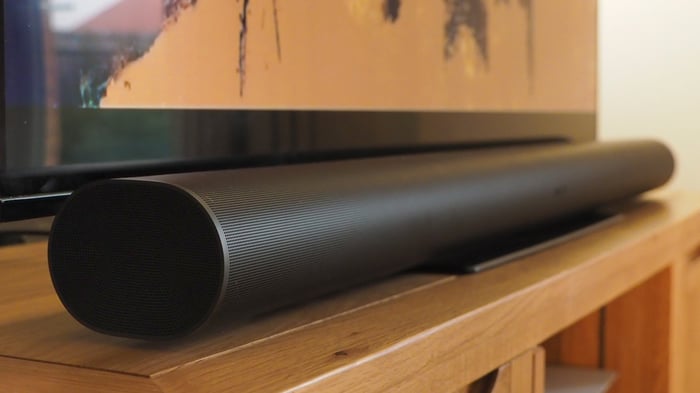
The leap from the original Arc to the Arc Ultra is significant beneath the surface. This new model boasts 14 drivers: seven tweeters, six mid-range drivers, and a dedicated “Sound Motion” woofer. Compare that to the previous Arc’s eight woofers and three tweeters, and you’ll see why the Ultra’s high frequencies are sharper, and the bass response packs a serious punch.
While the original Arc featured a 5.0.2 Dolby Atmos setup (five front channels, two upward-firing speakers for height, and no separate subwoofer), the Arc Ultra kicks it up to a 9.1.4 configuration—nine front and side channels, four height channels, and one built-in subwoofer. You can still add a Sonos Sub 4 subwoofer and rear speakers like the Sonos Era 300 speaker for an even fuller experience, but the core Ultra soundstage on its own is already expansive and powerful.
Despite the increased driver count, the Ultra is actually a bit more compact—around 1 cm shorter and 0.5 cm narrower—than its predecessor. At an impressive 117.8 cm wide, it’s tailor-made for 65-inch TVs but can comfortably accompany 55-inch to 75-inch screens too.

Design and Setup: A Beautiful, If Sometimes Frustrating, Process
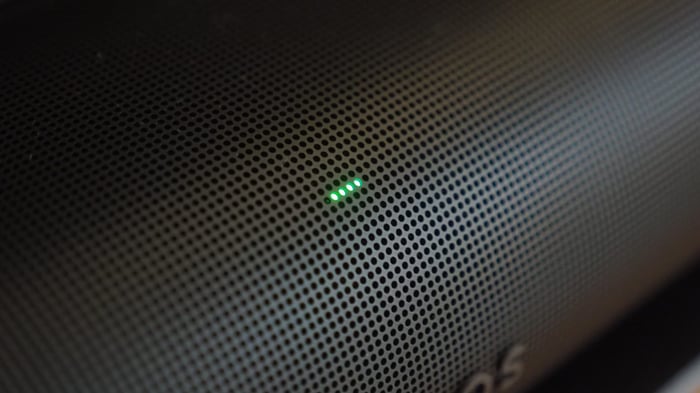
I have to be honest—the setup process nearly drove me mad at first. The Sonos app’s new minimalist interface found the soundbar and connected, but then abruptly refused to continue the setup, forcing me to reset the device and start over. Even then, the app grumbled about my Wi-Fi connection, despite multiple router reboots and password retries.
Fortunately, using a different smartphone (a Samsung model I had handy) did the trick. Once past that hurdle, the connection stabilized beautifully, and the included HDMI cable worked flawlessly with my TV’s eARC port. Volume control via the TV remote made everyday use seamless, so diving into the app became optional rather than mandatory.
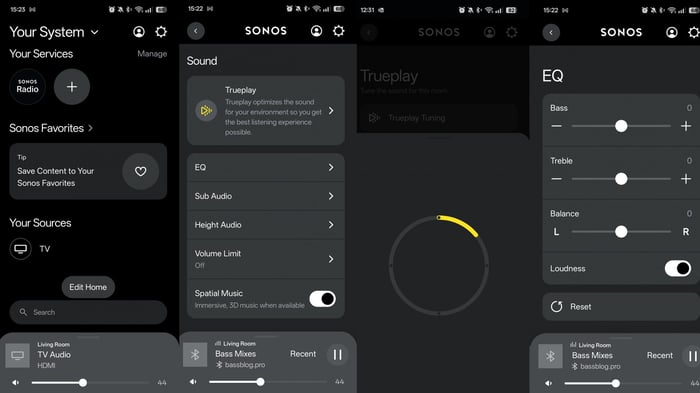
The app’s Trueplay Tuning (still called that in-app, despite Sonos referring to it as Quick Tune elsewhere) is a standout feature. It smartly analyzes your room’s acoustics to tailor the sound profile, ensuring optimal performance. You can also manually tweak bass, treble, height channels, enable speech enhancement, and adjust the subwoofer’s volume if you have one connected.
The Arc Ultra is definitely a stunner visually. Its curved metal grille exudes premium vibes, with a subtle Sonos logo centered on top. For home theater fans, the status light is a welcome touch—and you can turn it off if you prefer complete darkness. Different colors signal connectivity or issues, which I found handy.
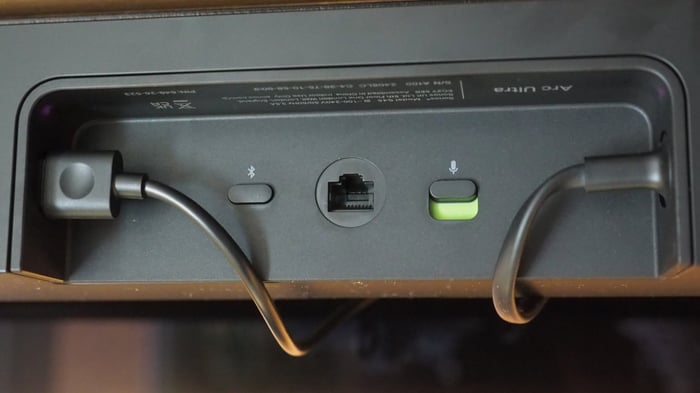
One oddity remains: the Bluetooth button is hidden behind the unit, while the entire top is a touch-sensitive volume panel. This clearly nudges users to rely on Wi-Fi multiroom streaming over Bluetooth. Still, I tested Bluetooth streaming from my phone and enjoyed a stable, interruption-free connection.
However, there's a big practical limitation: the Arc Ultra has only one HDMI port—an eARC one for your TV. That means no pass-through HDMI for other devices like gaming consoles or streaming players. If your TV has only a couple of HDMI 2.1 ports, this could force tough choices, especially for gamers juggling multiple consoles.
Sonos Arc Ultra Sound Quality: An Audio Powerhouse
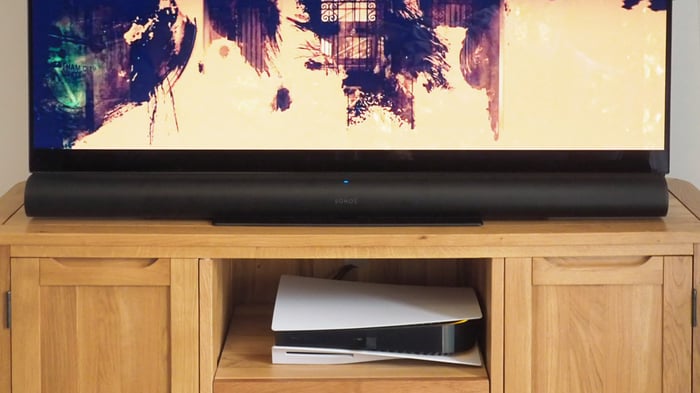
If your setup works with the single HDMI port, the Arc Ultra delivers sonic bliss. I believe it stands as the finest all-in-one soundbar available, requiring no extra units for impressive sound.
I experimented with the Sonos Sub 4 subwoofer, which is extremely bass-heavy and less prone to distortion than previous models, but also very pricey. Even without the subwoofer, the Arc Ultra’s bass performance is formidable, delivering punchy lows that surprise for a unit this size.
One highlight was playing Christopher Nolan’s “Tenet” 4K Blu-ray—a notoriously complex sound mix. The bass hit hard, and dialogue clarity was exceptional, thanks to speech enhancement options. Dolby Atmos tracks created a wide and tall soundstage, with effects like ricocheting bullets zooming from one side to the other, enriching the immersive experience.
Of course, no virtual surround sound can fully replace a physical multi-speaker setup, but the Arc Ultra’s spatial audio is impressively convincing.
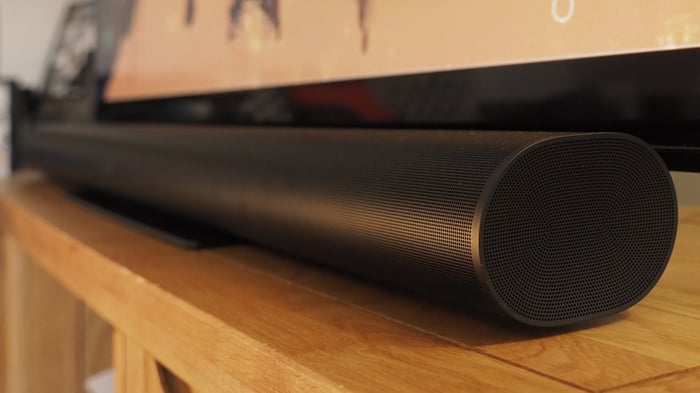
The sound signature is clean and balanced at all volumes—dialogues never sound flat or sibilant. I enjoyed it across multiple media forms—from Netflix dramas like “The Diplomat” to powerful 4K Blu-rays like “Blade Runner 2049.” Music lovers will appreciate the versatility too; whether it’s rock, pop, ambient, or classical, the Arc Ultra shines.
Verdict: An Ultra Upgrade, If You Can Live with Its Limits
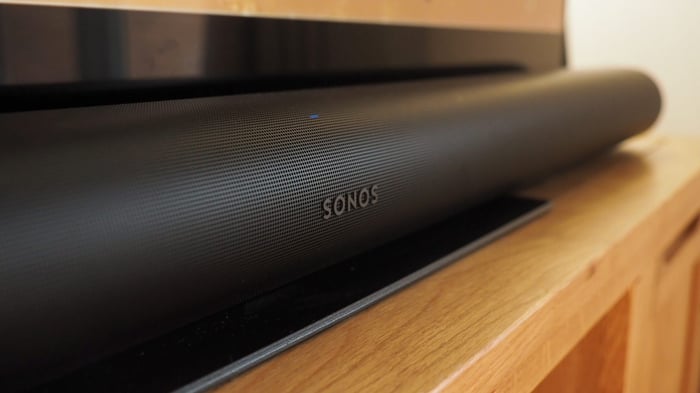
In my book, the Sonos Arc Ultra may well be the best-sounding all-in-one soundbar on the market today. That’s a bold claim, but its rich, spacious soundstage and crystal-clear vocals back it up.
Compared to the original Arc, the Ultra is a substantial leap forward—stronger bass, clearer voice, and a wider sound field. Most users won’t need to add a subwoofer, but if you want even more thump, the Sub 4 is powerful, albeit pricey.
Still, the lack of pass-through HDMI and a single HDMI eARC port are glaring limitations. If you’re not tied to Sonos, competitors like the Samsung HW-Q990D offer true surround sound with multiple ports at a similar price, though with less elegance.
Overall, if you can overlook the app quirks and connection constraints, the Arc Ultra is a five-star audio companion that I want to live with forever. It’s Sonos at its most ambitious and accomplished.
Other Options to Consider
If you’re sold on Sonos but want something less bulky or bass-heavy, the original Sonos Arc is a solid alternative. For TVs 55 inches or smaller, the Sonos Beam Gen 2 offers excellent sound in a more compact package.
If HDMI pass-through and a full surround setup are dealbreakers, the Samsung HW-Q990D is a powerhouse solution. It’s especially well-suited for Samsung TVs, leveraging their speakers to add extra height layers for a more expansive soundstage.
“Sonos Arc Ultra is the best-sounding all-in-one soundbar on the market today.”
— Experienced Audio Reviewer
FAQ
- How many speakers are inside the Sonos Arc Ultra?
The Arc Ultra houses 14 drivers: seven tweeters, six mid-range drivers, and one dedicated woofer. - Can you connect multiple devices to the Arc Ultra via HDMI?
No, it only has a single HDMI eARC port, so you must connect all other devices directly to your TV. - Is the Sonos app easy to use for setup?
The app has a minimalist design but can be glitchy during setup. Once connected, it offers great tuning features like Trueplay. - Does the Arc Ultra require a separate subwoofer?
No, it delivers strong bass on its own, but you can add the Sonos Sub 4 for even deeper lows. - Is the Arc Ultra compatible with Bluetooth streaming?
Yes, though the Bluetooth button is hidden, the connection is stable for streaming audio from phones.
Looking to bring that Sonos magic home? Browse and shop your favorite album cover posters at Architeg Prints to complement your audio setup with style and personality.
 | DISCOUNTGET 30% OFF*Use code on your next order:
|
* This post may contain affiliate links, meaning we earn a commission if you make a purchase through these links, at no additional cost to you.



